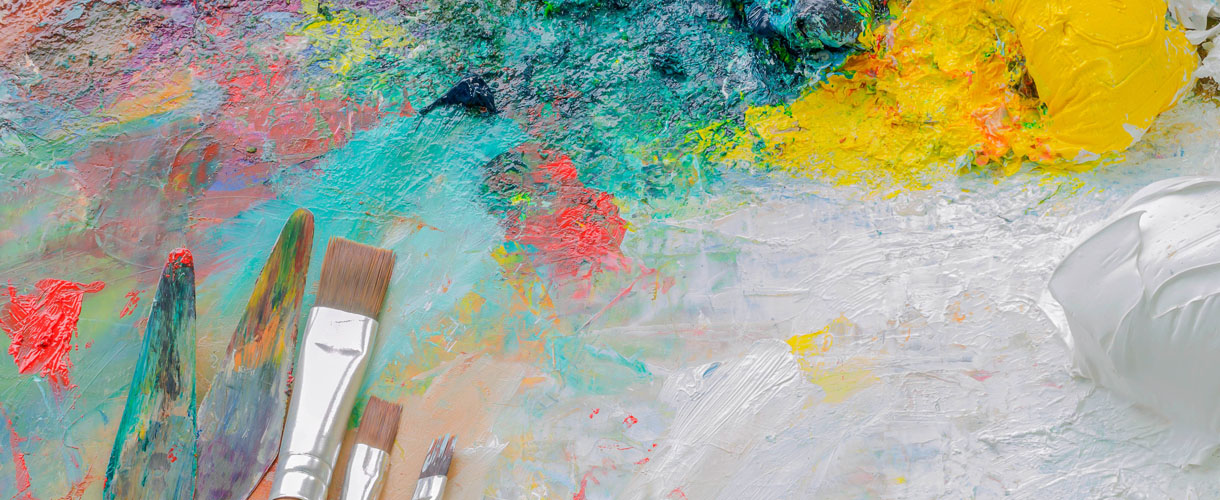All About: Impressionism
So what is impressionism ?
Believe it or not, the name ‘Impressionist’ was initially used as an insult to refer to a set of artists who exhibited their paintings in Paris in 1874 calling themselves the Anonymous Society of Painter, Sculptors, and Printmakers.
These artists included the likes of Renoir, Monet, Sisley, and Degas whose work had been rejected by the official exhibition the ‘Salon’ so they sought to set up their own exhibition to showcase their work and push its sale.
The whole thing behind the works of these artists was that in the beginning their critics upon seeing their art proclaimed that it was unfinished, so ‘impressions’ of a finished article. Impressions at that time were faster-produced sketches that artists used to help their memory and develop into a ‘finished’ piece of work and not intended to be sold as a piece in themselves.
In addition, their work often challenged the accepted artistic subject matter history painting, with works depicting more landscapes, scenery and scenes showing snapshots of everyday life. They often painted outdoors to absorb more the effects of fading or growing light and interpret this onto canvas.
Recognising Impressionism …
- Lots of bright colours
- Short brush strokes
- Less colours mixed
- High contrast – not blended
- Broken down edges to mimic movement
But… How should we be looking at or be interpreting this style of art?
Impressionist work is really focused around the artists looking to recreate what we see day to day on canvas. If you think you stare out at a landscape in front of you featuring people, you don’t necessarily see every face, every individual petal of a flower in detail, instead you see just colour and light distinguishing objects, this is what they were looking to express.
Where previously art was about capturing specific detail about a subject, documenting them for history, impressionists sought to record a moment in time, the movement, energy, and colours of that one snapshot making them a lot more personal and lively.
The best of the Impressionists…
These artists are some of the most recognised as being there at the start of the impressionist movement (Although Van Gogh is often considered post-impressionism) making these artists the perfect place to start if you are looking to explore the world of impressionism more.
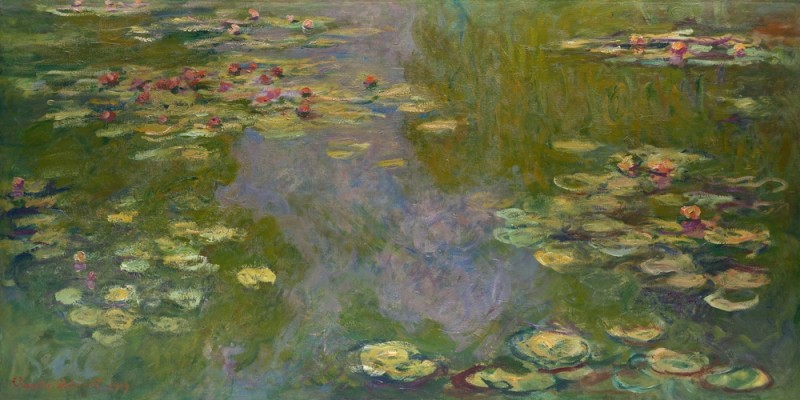
Claude Monet, Water Lillies, 1916
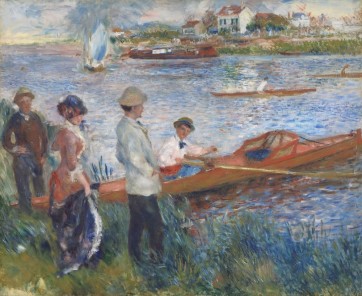 Pierre- Auguste Renoir, Oarsmen at Chatou, 1879 |
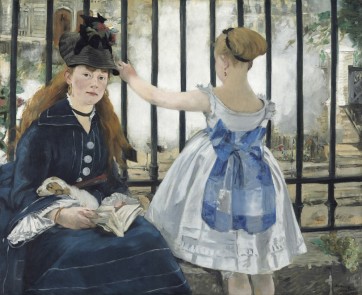 Édouard Manet, The Railway, 1873 |
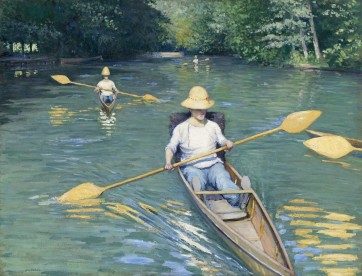 Gustave Caillebotte, Skiffs, 1877 |
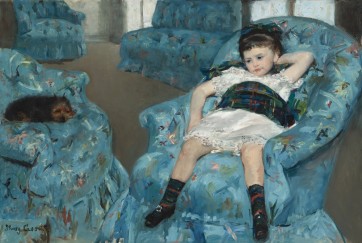 Mary Cassatt, Little Girl in a Blue Armchair, 1878 |
Why isn’t Van Gogh on your list?
Although he pops into everyones head when people mention impressionists, Vincent van Gogh was actually part of a movement called post-impressionism where colour was used more expressively than the natural and life-like tendancies of impressionists. Colours were a lot bolder and vivid and the art deemed to be more an expression of the artists mood than realistic, however both movements emphasised the artificiality of the picture through their strokes and broken edges.
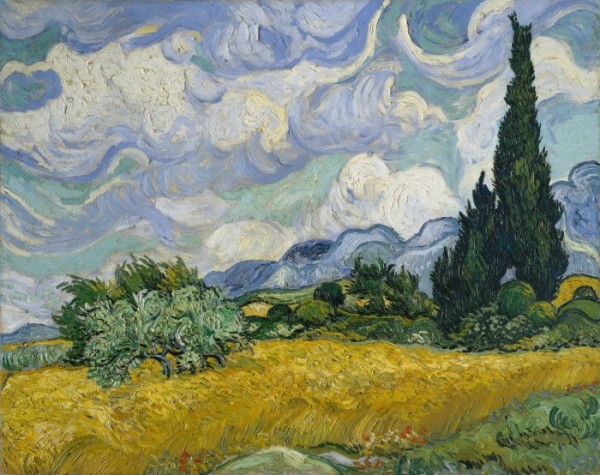
Vincent Van Gogh, Wheat Field with Cypresses, 1889







